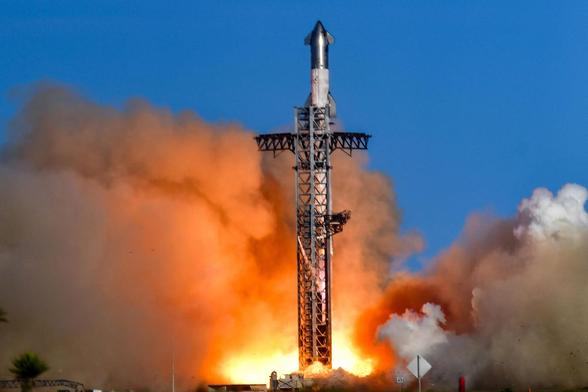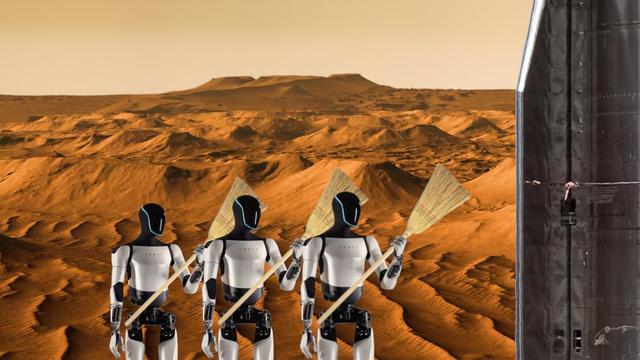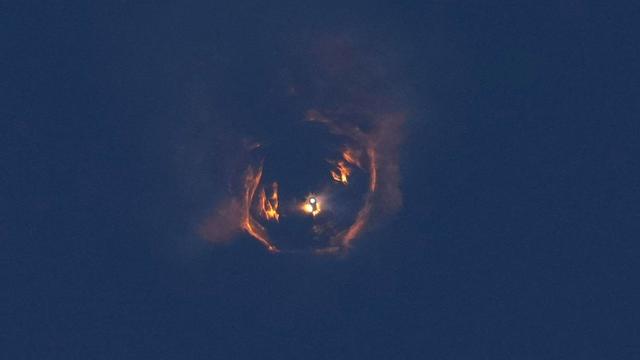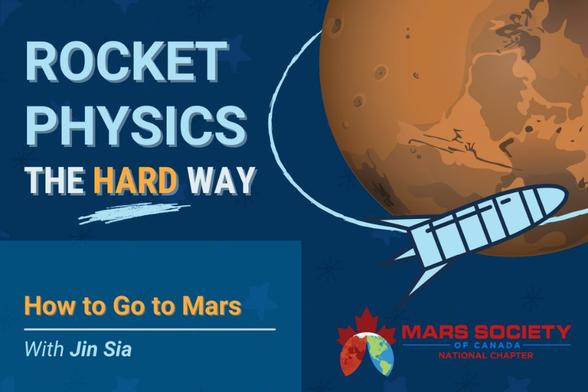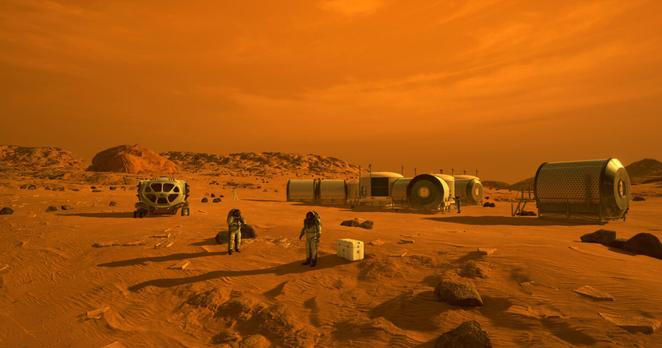"Two years down the road it seems feasible.It would be enough for #SpaceX to have a fleet of three launchers, one per pad. The bottleneck may lie in the supply of the thousands of liters of #methane and oxygen needed to maintain a sustained hourly launch rate. Some have proposed building a jetty and a small gas #pipeline so that the fuel can arrive in large methane tankers." https://english.elpais.com/science-tech/2024-11-04/elon-musks-plans-to-go-to-mars-within-two-years.html
The proof of concept shows that at the current achievable flow rates of #CO2 and water, it is possible to meet #NASA’s 16-month deadline for refueling #rockets on #Mars 🔴. It can be scaled further to meet tighter rocket refueling ⛽ deadlines. The use of Martian nighttime temperatures for heat 🌡️ exchange can potentially reduce the dependence on power-hungry cryogenic methods for gas liquefaction. https://pmc.ncbi.nlm.nih.gov/articles/PMC9118664

Thermodynamic modeling of in-situ rocket propellant fabrication on Mars
In-situ resource utilization (ISRU) to refuel rockets on Mars will become critical in the future. The current effort presents a thorough feasibility analysis of a scalable, Matlab-based, integrated ISRU framework from the standpoint of the second ...
For Starship to go to #Mars 🔴, you’ve got to get #Starship tankers ⛽ on orbit and perfect orbital refueling. #SpaceX will have to perfect the #robots 🤖 that will help build spacecraft #LandingPads and human #habitats on the Martian surface, prospect for water 💧 underground, and convert the water and carbon dioxide captured from the atmosphere into vast reservoirs of super-cooled oxygen and methane for the Starships’ return voyage to Earth. https://www.forbes.com/sites/kevinholdenplatt/2025/03/11/spacexs-starship-plan-to-land-first-humans-on-mars-but-not-till-2031
#Reuters - #Starship is set to depart for #Mars at the end of next year, carrying humanoid bot #Optimus. https://www.reuters.com/technology/space/starship-carrying-teslas-bot-set-mars-by-end-2026-elon-musk-2025-03-15
Each #technological breakthrough brings us closer to realizing the goal of living on #Mars 🔴. Mars colonization 👩🚀👨🚀 is within our potential reach. This paper has outlined a feasible timeline⌛
📆 2020s: Continued #robotic exploration
📆 2030s: Test missions for human life-support systems and #ISRU ⚒️ on the Martian surface
https://pmc.ncbi.nlm.nih.gov/articles/PMC10884476
#HumanSpaceflight #SpaceTravel #SpaceExploration #SpaceColonization

Towards sustainable horizons: A comprehensive blueprint for Mars colonization
This paper thoroughly explores the feasibility, challenges, and proposed solutions for establishing a sustainable human colony on Mars. We quantitatively and qualitatively analyze the Martian environment, highlighting key challenges such as ...
#Starship would take between a mere 80 and 150 days to reach #Mars 🔴, depending on the launch window.
A shorter transfer time comes at the cost of higher fuel ⛽ requirements and less payload mass. Not only is it more difficult to reach the required delta-V, it’s also more difficult to stop. The spacecraft will need to brake harder to match velocities with Mars upon arrival https://www.marssociety.ca/2021/01/22/rocket-physics-how-to-go-to-mars
The time of travel to #Mars can be reduced from nine months ⏳ to about four months. This would reduce #radiation ☢️ doses by over 60% compared to the Hohmann transfer. This trajectory uses 4.62 km/s of deltaV. #SpaceX #Starship is designed for about 6 km/s of deltaV. The return velocity of #Apollo was about 11 km/s https://marspedia.org/Aerobraking
It makes sense to use the Martian #atmosphere to help with deceleration and save on propellant. https://www.youtube.com/watch?v=5seefpjMQJI This method has been tested and validated on Earth, using #SpaceX #Falcon9 first stages in the high atmosphere to simulate #Martian conditions https://marspedia.org/Landing_on_Mars#Powered_landing
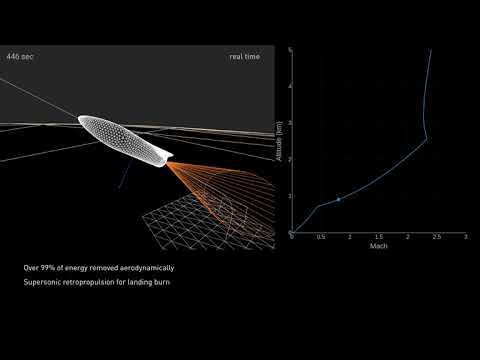
Vehicle Landing
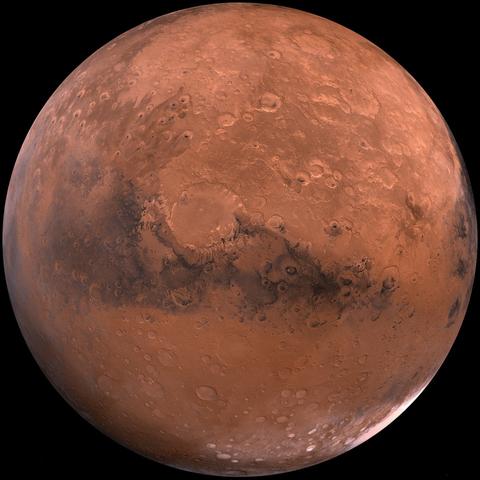
The new Mars landing approach: How we'll land large payloads on the Red Planet
Back in 2007, I talked with Rob Manning, engineer extraordinaire at the Jet Propulsion Laboratory, and he told me something shocking. Even though he had successfully led the entry, descent, and landing (EDL) teams for three Mars rover missions, he said the prospect of landing a human mission on the Red Planet might be impossible.
Thermal protection systems and #atmospheric friction have been used #historically 👴 to reduce most of the kinetic energy that needs to be lost prior to landing. #NASA is carrying out thermal imaging infrared sensor data-gathering studies of the SpaceX booster controlled-descent tests that are currently, as of 📆 2014, underway https://en.wikipedia.org/wiki/Mars_atmospheric_entry
